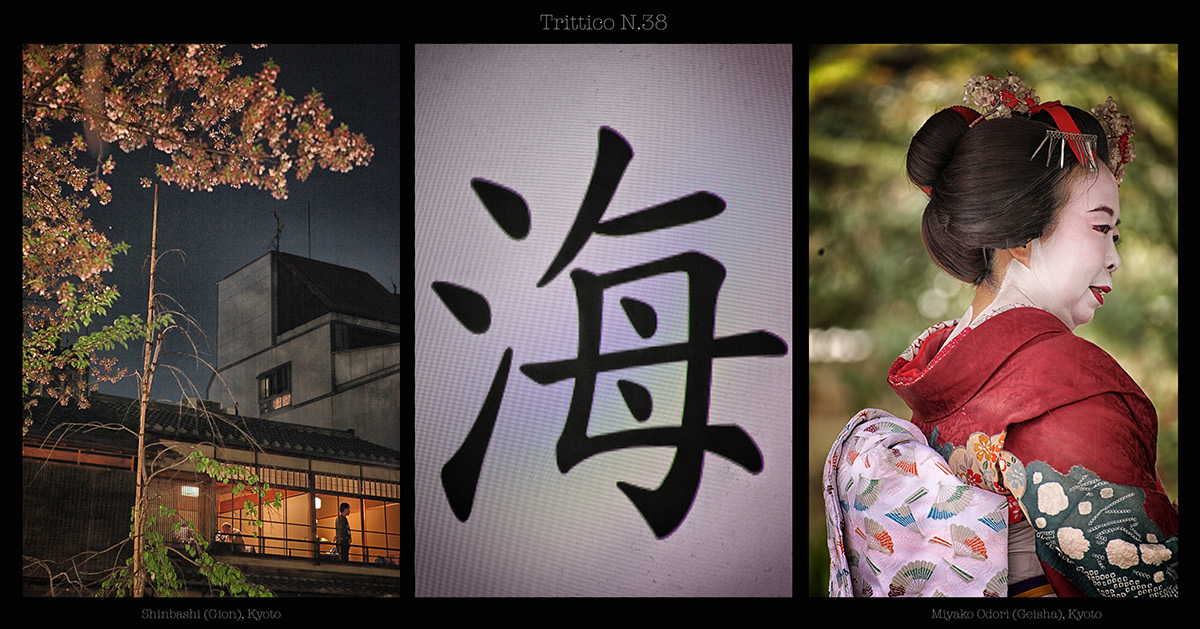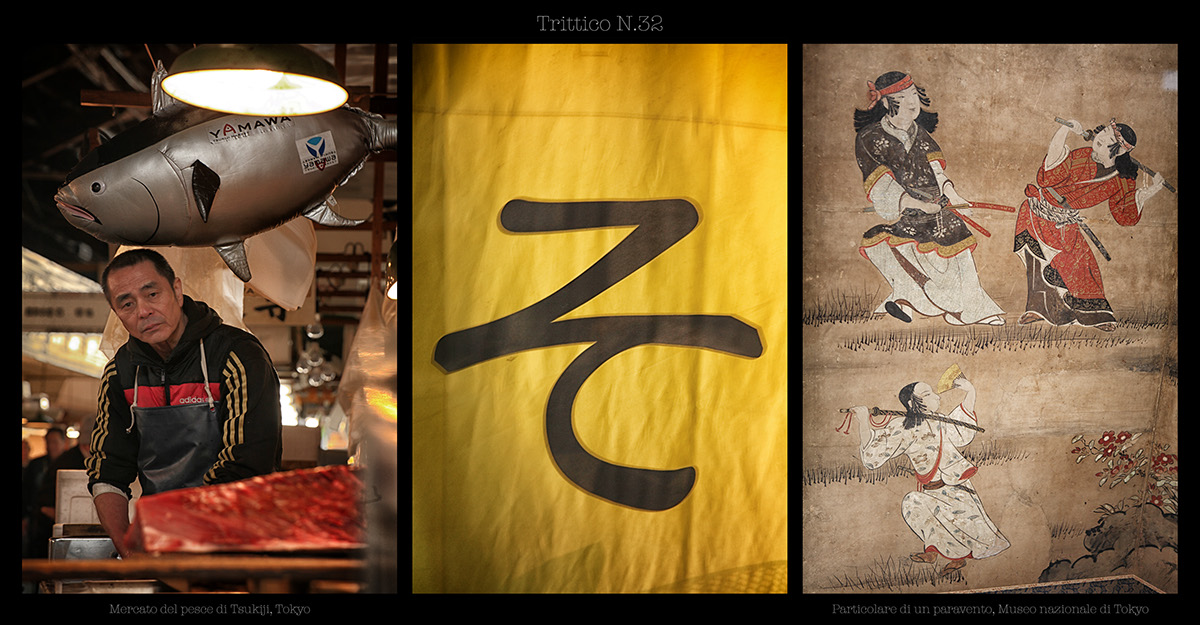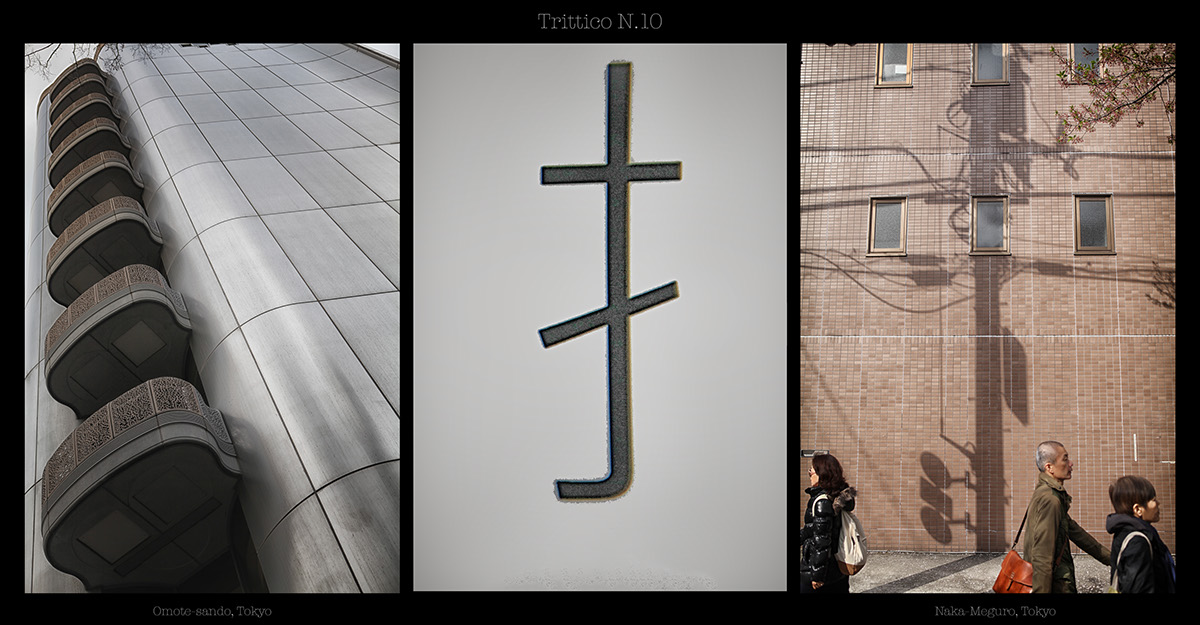
SEGNANDO IL GIAPPONE
Viviamo un’epoca particolare.
Negli ultimi 15 anni abbiamo assistito all’esplosione dei social media, una serie in continua evoluzione e crescita di strumenti il cui scopo principale sembra quello di connettere persone, vite, saperi e bisogni.
Un incessante e incontrollabile processo di spostamento di equilibri a livello sociale, narrativo e cognitivo.
Parallelamente a quest’evoluzione si è sviluppato quello che potremmo definire un “manicheismo di ritorno”: intorno a temi fondanti dell’attuale convivenza civile (politica, economia o immigrazione, solo per citarne alcuni), sembra che il dibattito abbia negli ultimi anni subito un’involuzione verso un pensiero polarizzato che impedisce l’accesso a reali confronti e discussioni, trasformati spesso in semplicistiche contrapposizioni di parti in causa.
Essere a favore o contro (e deciderlo in tempi brevissimi, pur senza le necessarie informazioni) una persona, un’idea, un’istituzione sembra essere diventata una necessità e l’unica posizione assumibile nell’incessante narrazione di eventi a cui siamo quotidianamente esposti.
Nella primavera del 2015 ho visitato per la prima volta il Giappone.
Anche il paese del sol levante “è vittima” da anni di una lettura polarizzata dal sapore particolare, sintetizzabile con il commento entusiasta di amici e conoscenti: “Il Giappone? Meraviglioso…il paese dei grandi contrasti!”
Dal secolo scorso, infatti, il Giappone porta con sè il fardello di tale stereotipo: le ragioni di tale contrasto sarebbero da ricercare da una parte nella profonda tradizione che il popolo giapponese ha tenacemente conservato nei secoli, dall’altra nello sfrenato slancio tecnologico che ha nutrito per decenni del secolo scorso il boom economico dell’isola.
Riconoscendomi sempre più a fatica in un’epistemologia di tipo manicheista, ho tentato di mantenere nel mio viaggio fotografico una posizione di aperta curiosità agli elementi di continuità che caratterizzassero la realtà giapponese.
Ispirato dal lavoro di Fosco Maraini (etnologo, orientalista, alpinista, fotografo, scrittore e poeta, nonché padre della scrittrice Dacia Maraini), che anni fa nel libro “Giappone. Mandala” ipotizzò tale continuità, ho iniziato a raccogliere immagini che potessero “convivere nonostante un’appartenenza a contesti molto diversi” attraverso elementi comuni estetici e/o di senso.
Ad unire idealmente tali immagini, la forma più elementare e primordiale allo stesso tempo: il segno.
L’ideogramma come traccia estetica primaria, da cui tutto il resto discende. Elemento grafico derivante dai Kanji cinesi, l'ideogramma permea la società giapponese e per un visitatore occidentale rimane tuttora l’onnipresente elemento che genera estraneità.
Infine la scelta del trittico: una forma di rappresentazione estetica tipica di altre epoche e contesti (dalla Roma antica all’epoca gotica), ma estremamente funzionale ad un racconto come quello che volevo proporre con il progetto “Segnando il Giappone”.
Venti microstorie, brevi esperienze estetiche che raccontano un paese “dalle molte continuità".
SIGNATURE JAPAN
We live in a peculiar age.
The last fifteen years saw a social media outburst. A constantly growing and developing, set of tools that basically aim to connect people, lives, knowledge and needs.
A continuous and unrestrained shifting process that changes social, narrative e cognitive balances.
This evolution went along with the developing of a sort of “manicheism comeback”: it seems that the debate around some of the key issues of the civilized cohabitation - like politics, economics, and immigration, for instance –, suffered an involution toward a biased mindset. This, prevents the access to actual confrontations and discussions, that often become simplistic parties juxtapositions.
It seems that being for or against a person, an idea, an institution (and decide it almost immediately) became a pressing need and the only way to assume a position in the constant flow of news and event that hit us daily.
I visited for the first time Japan in Spring 2015.
The Land of the Rising Sun is also affected by a peculiar biased opinion, well summarized in the enthusiast comment that my friends and family made me: “Japan? It’s awesome…. A country of big contrasts!”
Since the past century, Japan bring along this stereotype and its burden. The reasons could be found on one hand in the strong traditions that Japanese people tenaciously preserved throughout the centuries and on the other in the incredible technological impulse that fueled the island economic boom during the past century last decades.
Since I struggle to recognize myself in such a manicheist epistemology, I tried during my photographic trip to maintain an open and inquiring attitude towards the continuity element that mark the Japanese reality.
Inspired by Folco Maraini work (ethnologist, orientalist, alpinist, photograph, writer and poet, as well as father of Dacia Maraini, the famous Italian writer), supposed that continuity in his book “Giappone, Mandala” years ago, I started to take pictures that could “coexist in spite of belonging to very different contexts”, through common esthetics and/or meaning elements.
To connect the images I used the most elemental and original form: the sign. This is the esthetic primary mark, parent to everything else A graphic element that permeate the Japanese society and still represent an ubiquitous extraneous element for the occidental visitor.
Last but not least, I choose the trptych: An esthetic form typically used in other ages and contexts (from Ancient Rome to the Gothic age), but totally functional to the narrative I would like to use in my project, “Japan Signature”.
Twenty tiny stories, little esthetic bits that describe a country with a lot of “Patterns of Continuity”.
(thanks to Francesco Rho for the translation)
JAPAN BEZEICHNEN
Wir leben in einem besonderen Zeitalter.
Während der letzten 15 Jahre konnten wir dem Aufkommen der sozialen Medien beiwohnen, einer ständigen Entwicklung und Steigerung von Mitteln, deren Hauptzweck es zu sein scheint, Personen, Leben, Wissen und Bedürfnisse zu verbinden.
Ein nie aufhörender und nicht kontrollierbarer Prozess, der Gleichgewichte auf sozialer, erzählender und kognitiver Ebene verschiebt.
Parallel zu dieser Entwicklung kann man von einer "Rückkehr des Manichäismus" sprechen: Bei Diskussionen zu grundlegenden Themen des aktuellen zivilen Zusammenlebens (Politik, Wirtschaft oder Einwanderung, um nur einige zu nennen) kann man in den letzten Jahren einen Rückschritt zu polarisierendem Denken feststellen, das den Zugang zu wirklichen Debatten und Diskussionen verhindert und diese zu simplen Gegenüberstellungen der betroffenen Beteiligten werden lässt.
Für oder gegen eine Person, eine Idee, eine Institution (und das mit einer sehr kurzen Entscheidungszeit) sein, scheint eine Notwendigkeit und die einzige annehmbare Haltung während des unablässigen Erzählens der Ereignisse, dem wir ständig ausgesetzt sind, geworden zu sein.
Im Frühling 2015 habe ich zum ersten Mal Japan besucht.
Auch das Land der aufgehenden Sonne ist seit Jahren "Opfer" einer polarisierten Deutung mit einem besonderen Beigeschmack, den man mit den Aussagen von Freunden und Bekannten so zusammenfassen kann: "Japan? Wunderbar ... das Land der großen Kontraste!"
Seit dem letzen Jahrhundert trägt Japan die Bürde dieses Stereotyps: Einerseits kann man es auf die tiefgründige Tradition, die das japanische Volk im Laufe der Jahrhunderte beharrlich bewahrt hat, andererseits auf die ungebremste technische Begeisterung des Landes zurückführen, die dem Land im letzten Jahrhundert jahrzehntelang einen ökonomischen Boom beschert hat.
Da es mir immer schwerer fällt, mich im Schwarz-Weiß-Denken wiederzufinden, habe ich in meiner fotografischen Reise versucht eine offene, neugierige Haltung gegenüber Elementen der Beständigkeit, die die japanische Wirklichkeit ausmachen, einzunehmen.
Vom Werk von Fosco Maraini (italienischer Ethnologe, Orientalist, Fotograf, Schriftsteller und Dichter, sowie Vater der Schriftstellerin Dacia Maraini) inspiriert, der ebendiese Beständigkeit vor Jahren im Buch "Giappone. Mandala" vermutete, habe ich begonnen, Bilder zu sammeln, die durch gemeinsame ästhetische und/oder sinngemäße Elemente "nebeneinander bestehen können, obwohl sie sehr unterschiedlichen Kontexten angehören".
Die geistige Verbindung dieser Bilder ist die elementarste und zugleich ursprünglichste Form: das Zeichen. Die Schrift als wesentliche ästhetische Spur, von der sich alles andere ableitet. Das grafische Element, das die japanische Gesellschaft prägt und für einen westlichen Besucher immer noch das allgegenwärtige Element der Nichtzugehörigkeit darstellt.
Zum Schluss die Wahl des Triptychons: Eine ästhetische Darstellungsform aus einer anderen Zeit und einem anderen Kontext (vom alten Rom bis zur Gotik), aber äußerst zweckmäßig für das, was ich mit dem Projekt "Japan bezeichnen" erzählen will.
Kleine Geschichten, kurze ästhetische Erfahrungen, die ein Land "von vielen Beständigkeiten" erzählen.
(Ich bedanke mich bei Martina Stefani für die Übersetzung)




















Dimensioni base dei trittici: 68,5 x 18cm (trittici orizzontali) e 48 x 25cm (verticali).
Sono disponibili stampe su misura, con o senza telaio e cornice, da concordare.
Per info e ordini: terazzi.diego@gmail.com
Dedicated to Virna
© Terazzi Diego 2015




